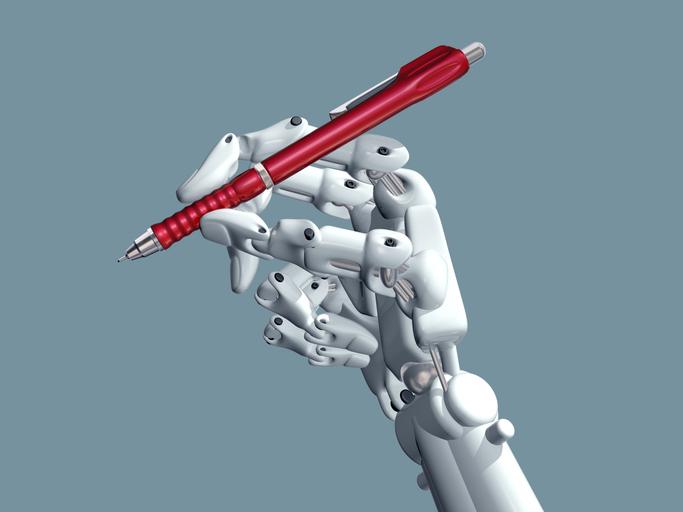It’s clear that artificial intelligence is already adding value in the higher education sector. However, adopting AI can be daunting for institutions lacking the time, expertise and resources to explore its many uses.
So, while today’s teachers may well be marking certain subjects with AI and learners may be using it to find out when their next assignment is due, how will AI help them in the future? And what issues do we need to start considering now?
AI will never replace teaching staff
The first thing to emphasise is that AI will never replace teaching staff – nor would we want it to. But it will allow them to spend more time connecting with their students, whether that’s in person or virtually. With a reduction in educators’ workload, their time can be freed up to concentrate on higher-impact tasks, leading to better outcomes and a more fulfilling, effective experience for learners.
- Go green, AI!
- THE podcast: bridging higher education’s new digital divide
- The metaverse will change everything – including academic research
AI can provide personalised experiences
We see this in our daily lives, and we are already seeing students benefit from this in areas such as adaptive learning tools. The challenge for the next few years is to work out exactly how to continue harnessing this capability to provide most benefit.
Enrolment and induction for students can often be manual and complicated and can take a long time to complete successfully. Digital assistants or chatbots, such as the one Jisc is piloting with several universities, support students and staff alike. Jisc’s “deep dive” sessions with organisations across the sector have highlighted the opportunity for extending the use of AI to support the student from application all the way through to graduation.
Having a smooth and clear journey will help support students and prevent early dropouts.
AI will make learning more inclusive and accessible
AI will also make learning more inclusive and accessible for those with language barriers or disabilities. We will increasingly be able to use AI to provide access to learning in a format that is personalised and formatted according to the needs of the learner – for example, the same content could be provided as audio, video or text, all communicated at the right level.
AI is also allowing the creation of tools such as virtual assistants that provide additional guidance and support to students with specific needs.
AI assistants that provide support to students at any time of the day show great promise, as does using AI to tailor students’ learning journey – although we need to make sure this kind of development involves all stakeholders and isn’t driven by technology.
There are questions to ask, though: for example, around how we balance the concept of personalising learning materials and maintaining or enhancing learner agency.
Using data to drive the right outcomes
Advances in AI, along with an increase in available data, provide new opportunities in areas such as learning analytics solutions, which provide indications of students at risk of failure or dropping out. Currently, acting on outputs of predictive models is a challenge, because these have very much been “black box” technologies – we can see that a conclusion has been reached by an AI model but not why. We are now seeing advances in AI explainability, which means much greater insight into the factors affecting any particular situation.
The value of being able to draw insights from this means that improving data and analytics will continue to be top of the list for universities.
Advice on ethical use of AI
Tools and techniques are emerging that provide particular ethical challenges. For example, there are several AI techniques that aim to understand human emotion, and organisations may want to start thinking and talking about what place (if any) these kinds of tools have in higher education.
For example, AI systems can be trained to detect emotion in human expressions and speech, and it is likely that these kinds of tools will be built into videoconferencing solutions in the future. AI could be used to identify the sentiment and emotional dimension of student communications from survey results, social media channels, forums and student group work. These data could then be used to ascertain performance and identify areas for improvement – a task that is often undertaken manually at the moment.
Should we do this, though?
Jisc’s A Pathway towards Responsible, Ethical AI provides tools to help universities start to consider these sorts of questions.
Be prepared
We need to begin preparing our systems and data now to support integration and allow development of more of these kinds of systems in the future. Jisc is uniquely placed to work together with the higher education sector to enable institutions to plan how they will use AI efficiently, effectively and ethically.
To find out more, take a look at AI in Tertiary Education: A Summary of the Current State of Play, Jisc’s latest report on AI in tertiary education.
Michael Webb is director of technology and analytics at Jisc.
This is an edited version of a blog, “Artificial intelligence in education: what issues do we need to start considering now?” originally published on the Jisc website in June 2022.
If you found this interesting and want advice and insight from academics and university staff delivered direct to your inbox each week, sign up for the THE Campus newsletter.




comment